
Montauban is a commune in the southern French department of Tarn-et-Garonne. It is the capital of the department and lies 50 kilometres (31 mi) north of Toulouse. Montauban is the most populated town in Tarn-et-Garonne, and the sixth most populated of Occitanie behind Toulouse, Montpellier, Nîmes, Perpignan and Béziers. In 2019, there were 61,372 inhabitants, called Montalbanais. The town has been classified Ville d’art et d’histoire since 2015.
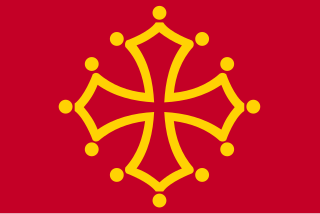
The Province of Languedoc is a former province of France. Most of its territory is now contained in the modern-day region of Occitanie in Southern France. Its capital city was Toulouse. It had an area of approximately 42,700 square kilometers.

Tarn-et-Garonne is a department in the Occitania region in Southern France. It is traversed by the rivers Tarn and Garonne, from which it takes its name. The area was originally part of the former provinces of Quercy and Languedoc. The department was created in 1808 under Napoleon, with territory taken from the neighbouring Lot, Haute-Garonne, Lot-et-Garonne, Gers and Aveyron departments.
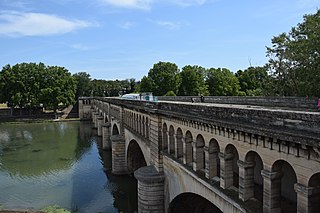
The Canal du Midi is a 240 km (150 mi) long canal in Southern France. Originally named the Canal Royal en Languedoc and renamed by French revolutionaries to Canal du Midi in 1789, the canal is considered one of the greatest construction works of the 17th century.

Midi-Pyrénées is a former administrative region of France. Since 1 January 2016, it has been part of the new region of Occitania. It was the largest region of Metropolitan France by area, larger than the Netherlands or Denmark.

Quercy is a former province of France located in the country's southwest, bounded on the north by Limousin, on the west by Périgord and Agenais, on the south by Gascony and Languedoc, and on the east by Rouergue and Auvergne.

Cordes-sur-Ciel is a commune in the Tarn department, region of Occitania, Southern France. The fortified town was built in 1222 by Raimond VII, the Count of Toulouse, who, though not a Cathar, tolerated what other Catholics considered heresy.

Revel is a commune in the Haute-Garonne department in southwestern France.

The Canal de Garonne, formerly known as Canal latéral à la Garonne, is a French canal dating from the mid-19th century that connects Toulouse to Castets-en-Dorthe. The remainder of the route to Bordeaux uses the river Garonne. It is the continuation of the Canal du Midi which connects the Mediterranean with Toulouse.
Valence d'Agen, is a commune in the Tarn-et-Garonne department in the Occitanie region in southern France.

Beaumont-de-Lomagne is a commune in the Tarn-et-Garonne department in the Occitanie region in southern France.

Lisle-sur-Tarn is a commune in the Tarn department in southern France.
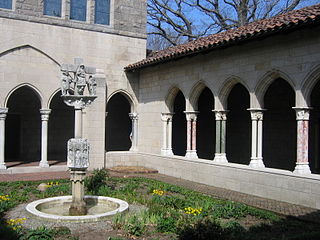
Trie-sur-Baïse is a commune in the Hautes-Pyrénées department in south-western France. It is the administrative center in a canton comprising 22 villages. It is famous for its annual pig festival known as La Pourcailhade.

Caussade is a commune in the district of Montauban, located in the Tarn-et-Garonne department in the Occitanie region in the south of France.

Montech is a commune in the Tarn-et-Garonne department in the Occitanie region in southern France.
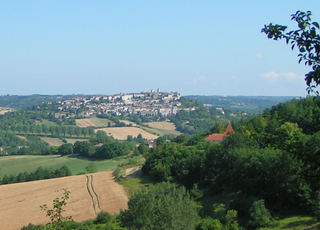
Lauzerte is a commune in the Tarn-et-Garonne department in the Occitanie region in southern France.
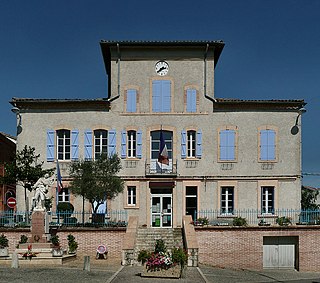
Molières is a commune in the Tarn-et-Garonne department in the Occitanie region in southern France.
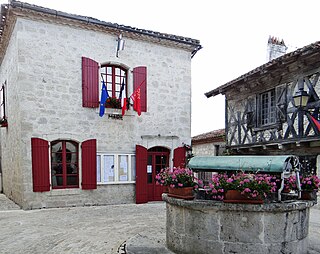
Montjoi is a commune in the Tarn-et-Garonne department in the Occitanie region in southern France

Vianne is a commune in the Lot-et-Garonne department in southwestern France.
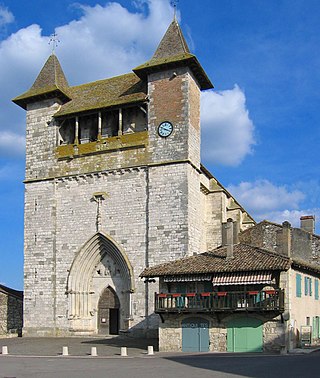
Villeréal is a commune in the Lot-et-Garonne department in south-western France.






















